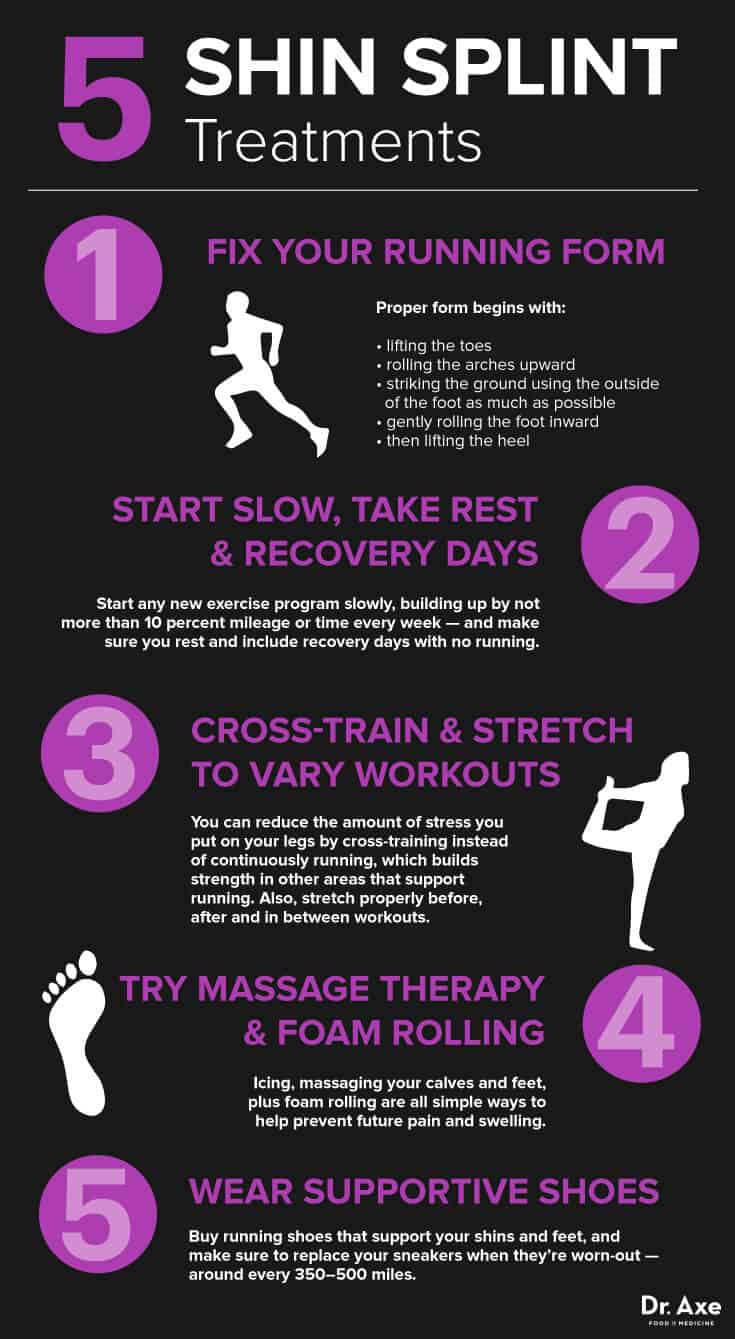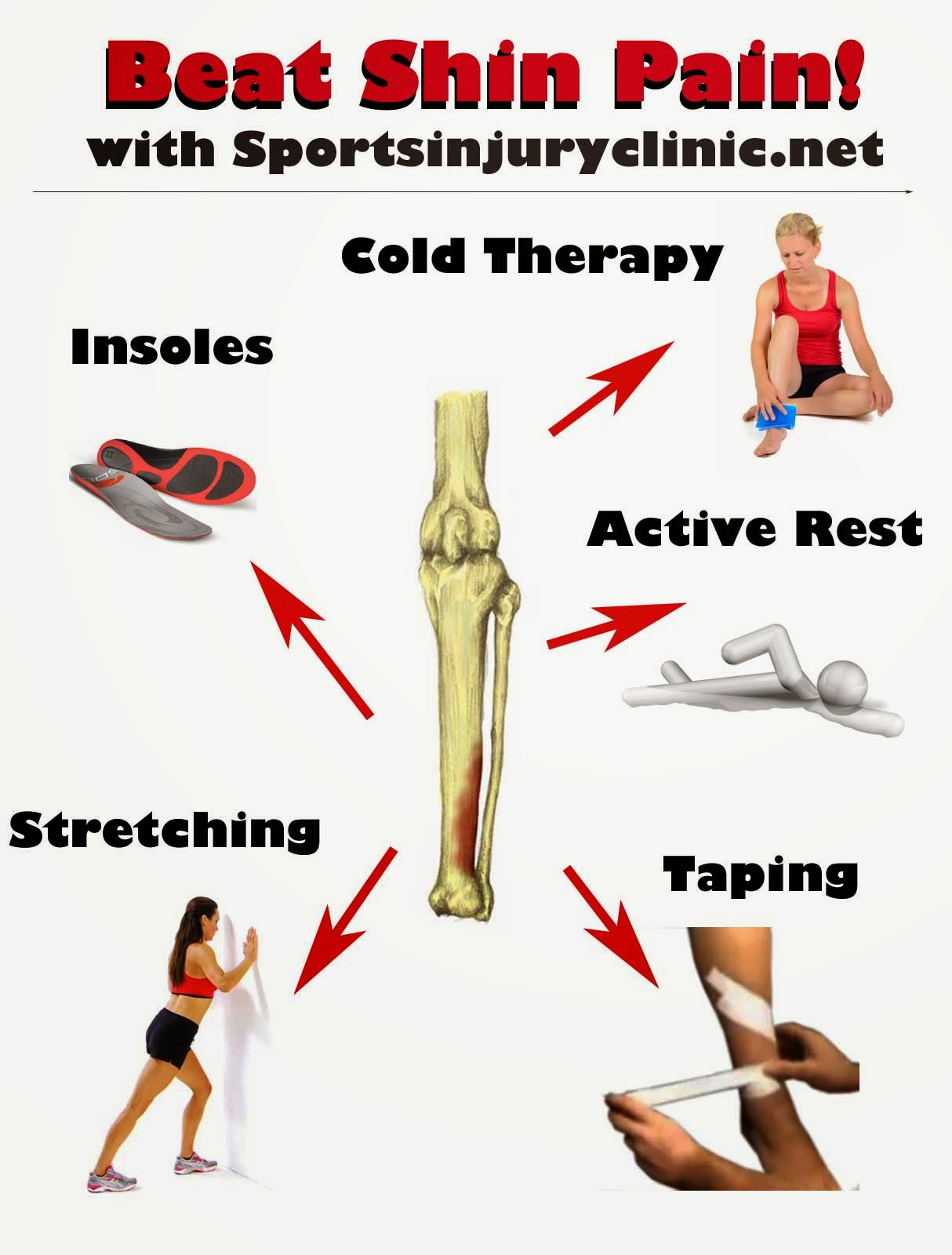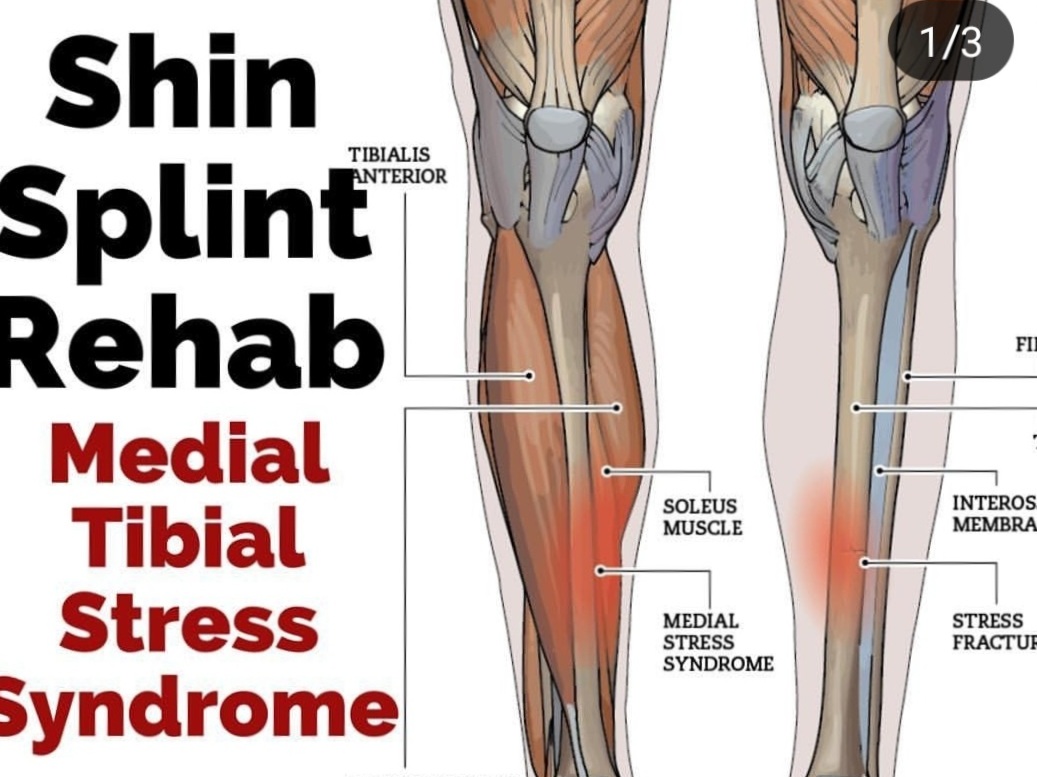Nice Info About How To Treat A Shin Splint

Shin splints treatment usually includes a combination of:
How to treat a shin splint. Causes, symptoms, and treatment medically reviewed by zilpah sheikh, md on october 31, 2023 written by kendall k. Apply ice packs to the affected shin for 15 to 20 minutes at a time. Fitness & exercise reference health & fitness guide shin splints:
Try a calf stretch for your lower calf. Exercises shin splint exercises by terence vanderheiden, dpm updated on may 25, 2023 medically reviewed by mohamad hassan, pt shin splint exercises can help you relieve pain along the front of the shin bone (tibia)—the large, long bone that runs down your lower leg. Shin splints are common in athletes such as runners and dancers.
Mayo clinic book of home remedies symptoms This stretch targets the muscles in the back of your calf. Compression can also reduce swelling and pain, allowing more mobility as you heal.
Stretching and strengthening exercises may also help. Shin splints can be uncomfortable and annoying, especially when you’ve been posting great workouts. Shin splints can be treated by resting and applying ice to the painful area.
Wearing proper footwear and modifying your exercise routine can help prevent shin splints from recurring. It is crucial to allow the affected leg time to heal. Put an ice pack (or bag of frozen vegetables) in a towel on your shin for up to 20 minutes every 2 to 3 hours.
How to prevent shin splints from reoccurring shin splints are one of the most common running injuries, but also one of the most poorly understood. 5 stretches for shin splints 1. You can prevent shin splints by exercising an appropriate amount for your fitness level and wearing supportive shoes.
You can also apply cold packs, take medicines, such as ibuprofen, and wear good fitting athletic shoes. There’s minimal reward for doing intense workouts all the time. What’s the best treatment for shin splints?
How to heal shin splints fast? To stretch the smaller, lower muscle in your calf, stand with one foot in front of the other. Avoid activities that cause pain, swelling or discomfort — but don't give up all physical activity.
Shin splints refer to pain and tenderness along or just behind the large bone in the lower leg (the tibia). Tips recovery time shin pain takeaway these stretches can help you prevent shin splint pain. Apply a cold compress to your shins every 10 to 20 minutes, three to four times a day, for a few days.
Products & services a book: Sit on the ground with your lower legs underneath you, so the tops of your feet and your shins are against the floor. This stretch targets the muscles at the back of the lower leg to.














![The Best Exercises For Shin Splints [𝗣]𝗥𝗲𝗵𝗮𝗯](https://theprehabguys.com/wp-content/uploads/2021/05/The-Best-Exercises-for-Shin-Splints-FACEBOOK.png)



